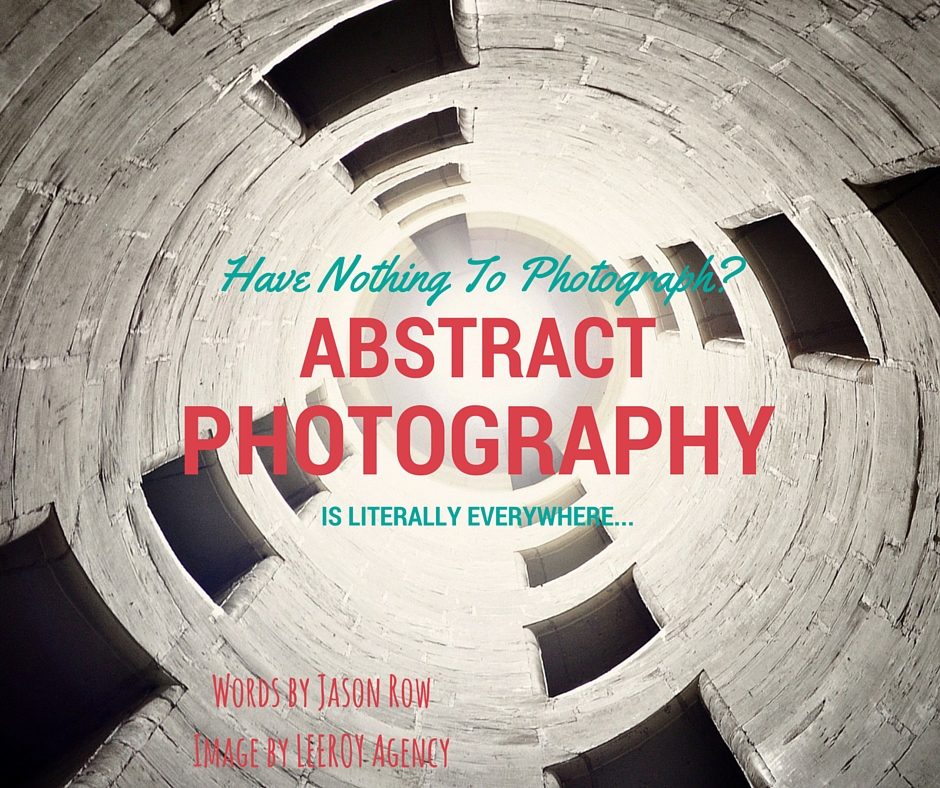
Realism in photography is a natural thing. Digital photography allows us to capture the scene in front of us in startling realism, creating beautiful engaging images. There is a form of realism that some of us miss out on though, abstract.
An abstract photograph is one that is based in reality but by only giving the viewer a suggestion of that reality rather than the whole thing, we can create amazing, creative images using nothing but shapes, colors and texture. Shooting “abstract” photography can teach us much about the relationship of light and shade, combinations of color and how shapes interact together.
Understanding Light is one of the fundamental keys to producing stunning abstract images, this guide suitably titled “Understanding Light” will ensure you can take the skills learned from the pros and insert that into your own workflow.
Why Shoot Abstract?
First and foremost it helps out creativity. Rather than trying to creatively represent reality, we need to look closer and deeper at our subjects. It makes us slow down and rather than look for the obvious, look for details within the subject, for interesting light patterns and textures. We can take a massive subject and shoot just the tiniest details.
Abstracts challenge our creativity and the imagination of the viewers of our photos. They also make for wonderful print subjects, perhaps spurring us give our images a more physical presence.
Lets take a little individual look at the three main elements that we can use in an abstract image.
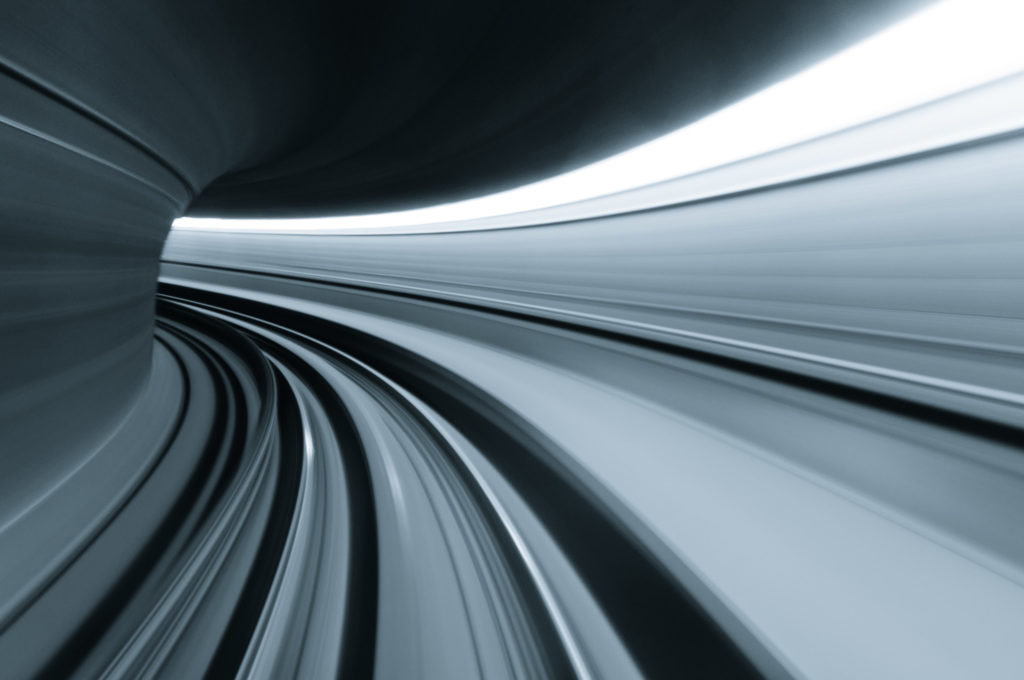
Abstracts challenge our imagination. By Colin Knowles
Understanding Light is one of the fundamental keys to producing stunning abstract images. This guide suitably titled “Understanding Light” will ensure you can take the skills learned from the pros and insert that into your own workflow.
The Importance Of Shape In Abstract Photography
Shape is the primary element of an abstract image. It can be the details in a beautiful spiral staircase or the angular might of brutalist architecture. The shape does not even have to have a physical presence, it could be ripples of light reflecting in the water of a lake.
You can create abstracts with similar shapes to give a pleasing look to the eye, or use very different shapes such as a sharp angle and curves to jar the eye and provoke thought.
Use the shapes as part of your composition, position them on thirds, use them as leading lines or even to create negative space. Shapes are the building blocks of your abstract composition.
Color's Influence On Creating The Image
Color is what glues the building blocks of shapes together. It is used to delineate the shapes, add contrast to the image and draw the eye into and around the scene. We can use complimentary colors to give a feeling of peace and tranquility or use contrasting colors to create an edgy feel.
We can use the saturation of color to give a mood to our abstract image depending on the ambient light. Soft overcast light gives us a muted calm feel, whilst bright light will saturate colors and add energy and joy to an abstract shot.
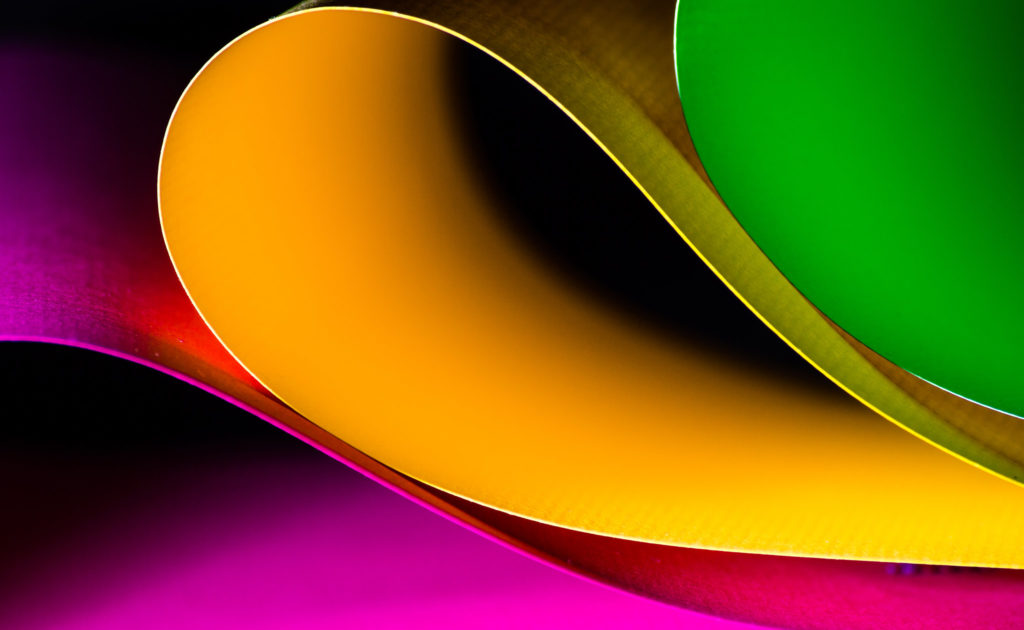
Color and shapes combine to make an interesting abstract. By Mathias Appel
How To Add Texture
With texture, we can also add light and shade as the two work together. Texture adds definition to our shapes and contrast to our colors. We can manipulate the way the texture looks by changing the position and angle of the camera or if using artificial light, the position of the light source.
Light at a narrow-angle to the texture will give a deep, three-dimensional feel to that texture whilst with a high angle, the textures become flatter and harsher looking. Texture does not have to be small, it can be the look of hundreds of identical seats in a stadium, or the cobbles in an old street.
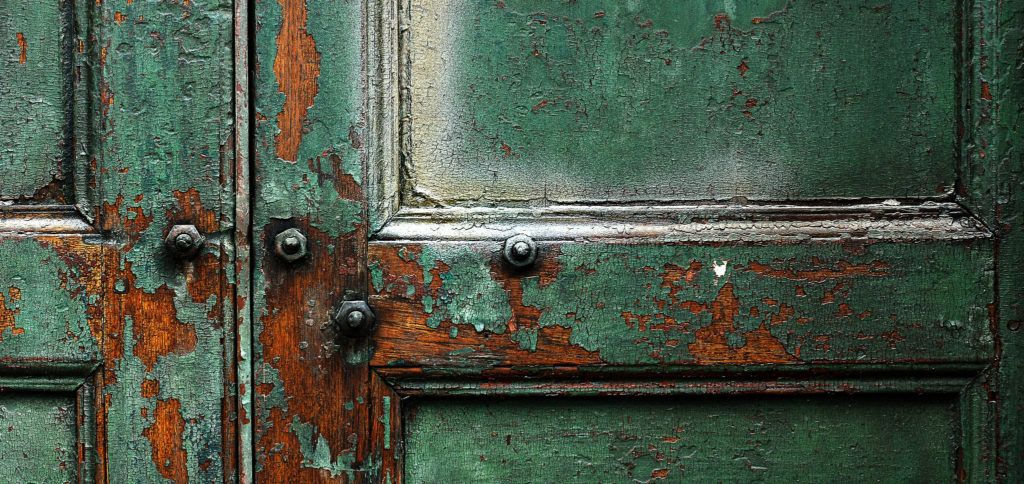
Textures also make for great abstract images. By eflon
Light and shade are what define not only our textures but our shapes too. We can create a harsh angular abstract using the shadows cast on the joints of a brutalist building, or a soft pleasing image of ripples of wet sand on a beach, low light making the shadows of the curves seem long and soft.
The beauty of abstract images is that they are all around us. You can find abstract in the everyday mundane, in poor weather, indoors and out. You can shoot close details or isolate parts of a much bigger object.
You don’t need to travel anywhere to get great abstract, even inside your own home there are abstract images just waiting to be shot.
Next time you are out with your camera, as well as looking at the bigger picture, take a look at those details and start capturing some abstracts. You will soon find yourself thinking in a different, more creative way.
Understanding Light is one of the fundamental keys to producing stunning abstract images. This guide suitably titled “Understanding Light” will ensure you can take the skills learned from the pros and insert that into your own workflow.
Further Resources
- Definition of Abstract Photography
- 4 Simple Strategies to Awaken Your Photographic Creativity by Jason D. Little
- Peculiar Notions: 22 Eye-Catching Examples of Abstract Photography by Jason D. Little
- 3 Ways Photography Alters The Mind by Dzvonko Petrovski

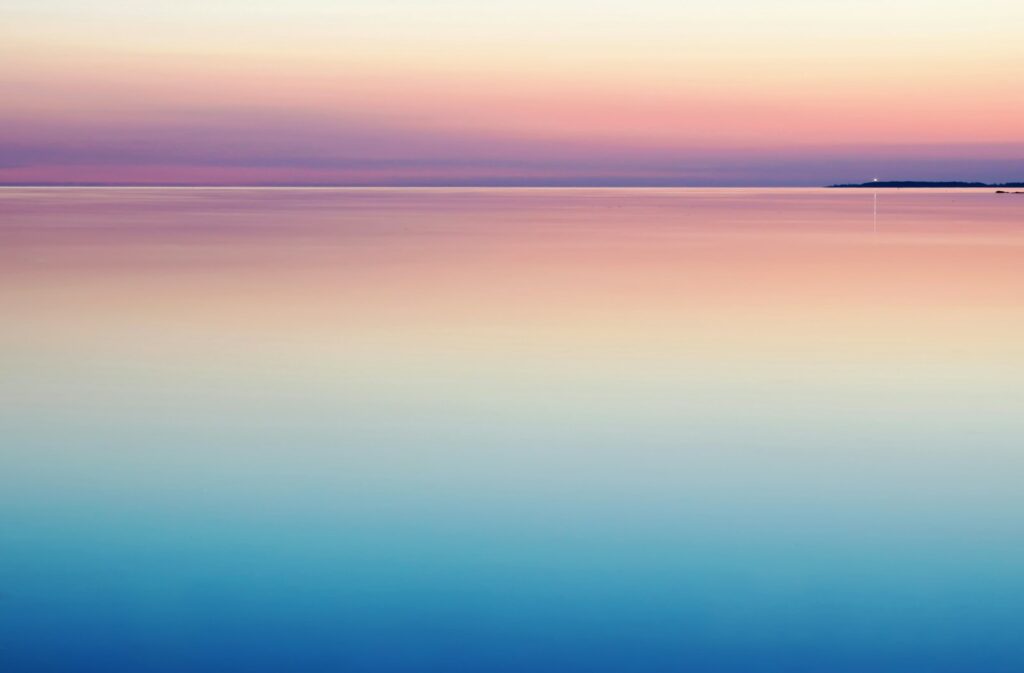
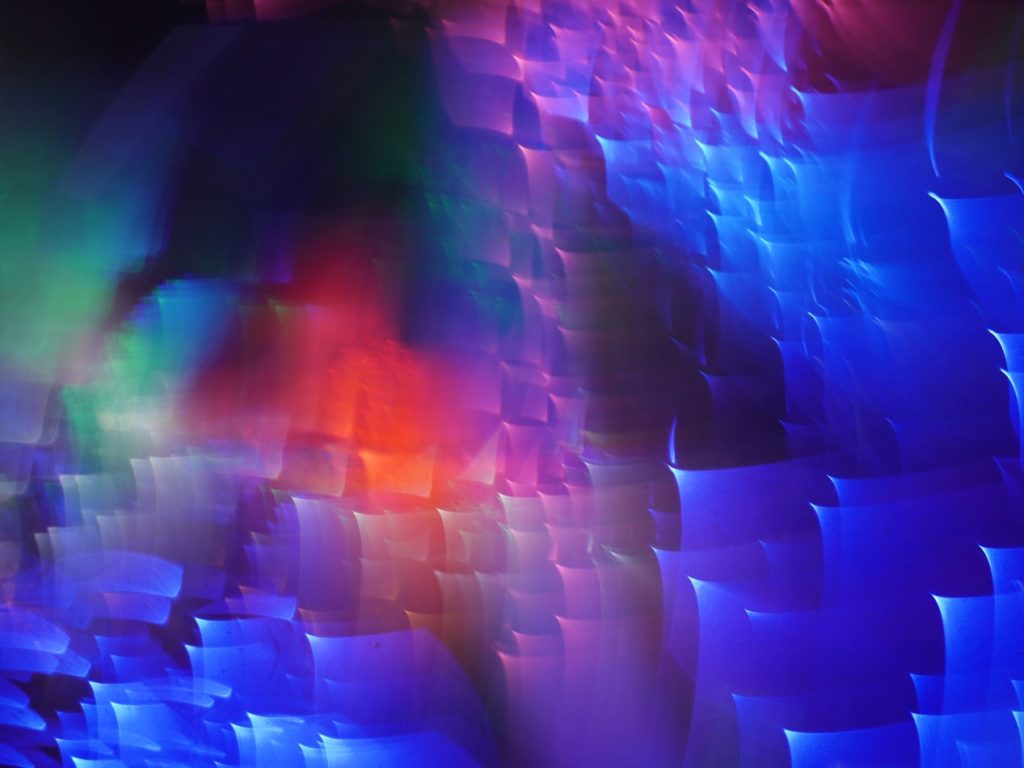
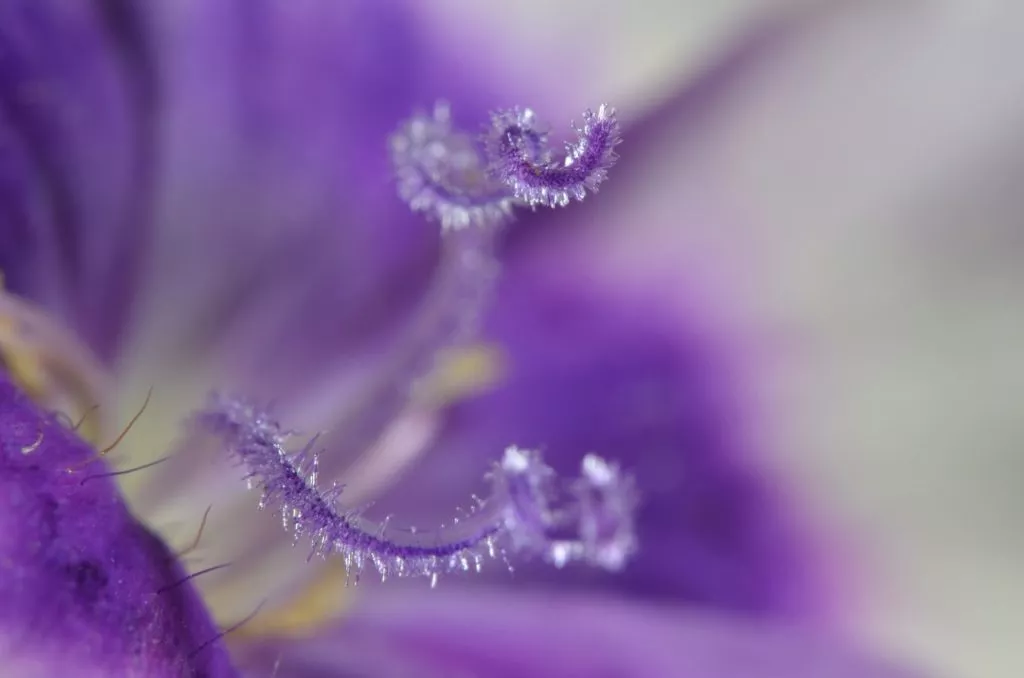
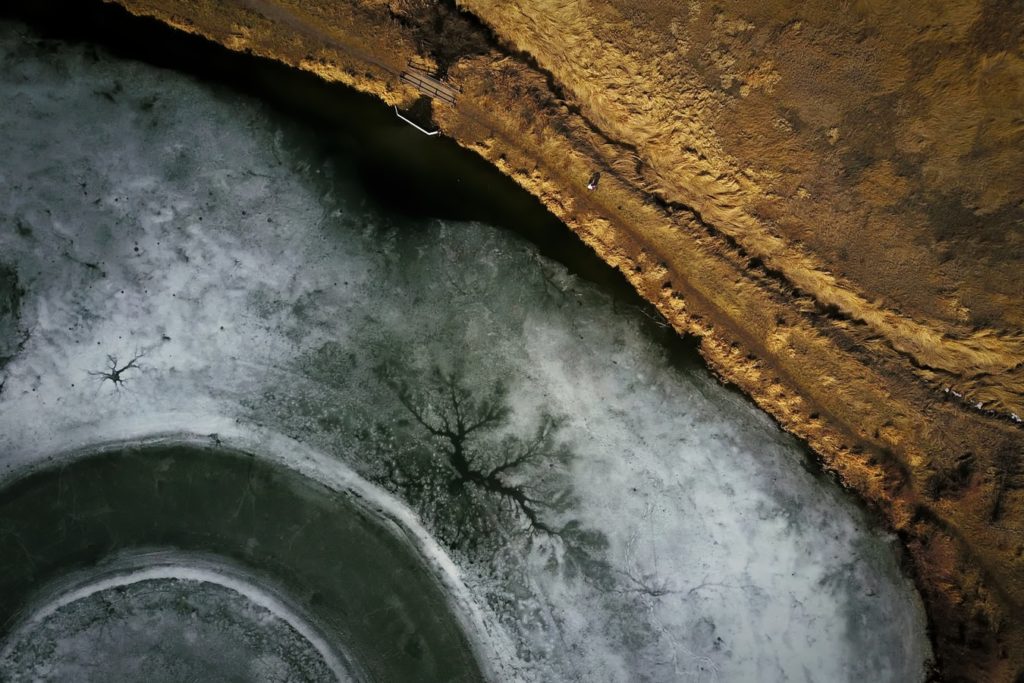
4 Comments
What is a “brutalist” building?
Cool Ideas!
Enjoyable and informative – many thanks.
BTW Brutalist architecture: https://en.wikipedia.org/wiki/Brutalist_architecture
thank very much it was very interesting.. I was really exceited to see the first photograph. I have the same and oppositions too. I dont know if LEEROY Agency and me took it from the same place. anyway it was nice to see.